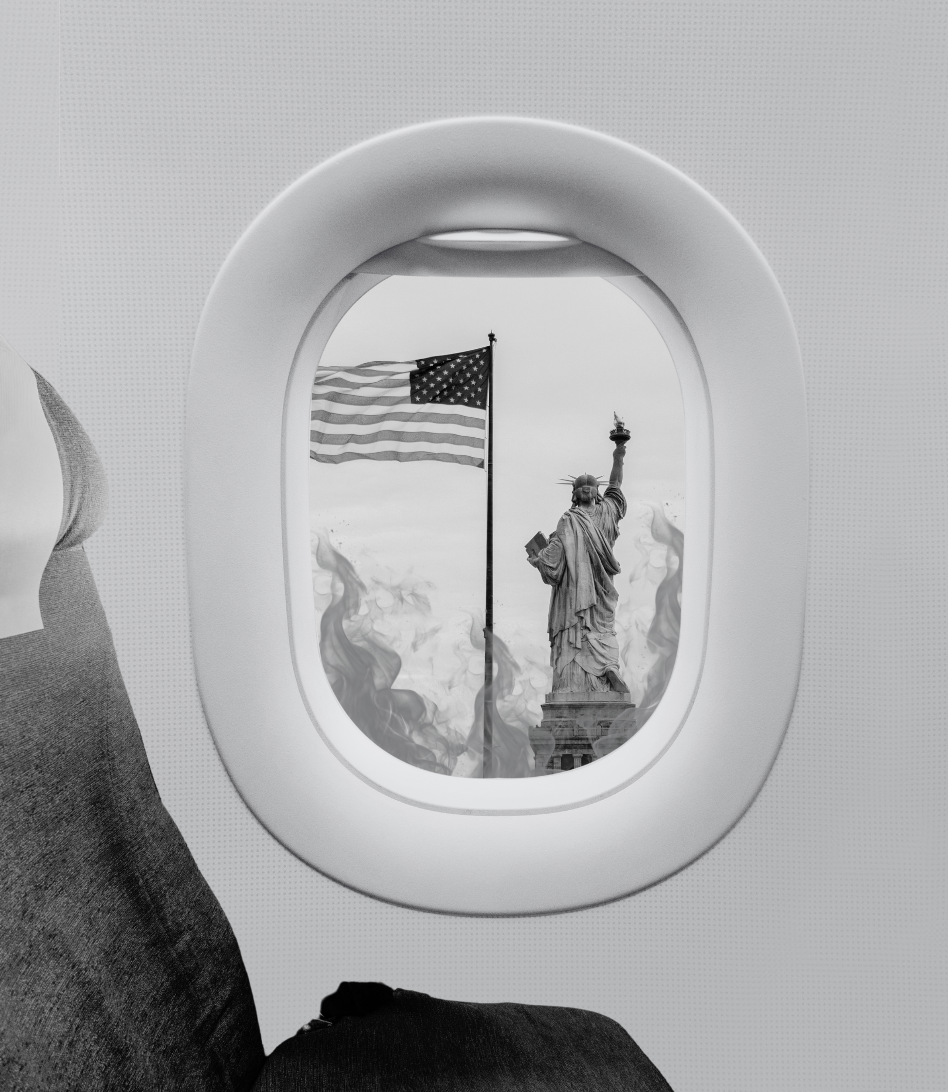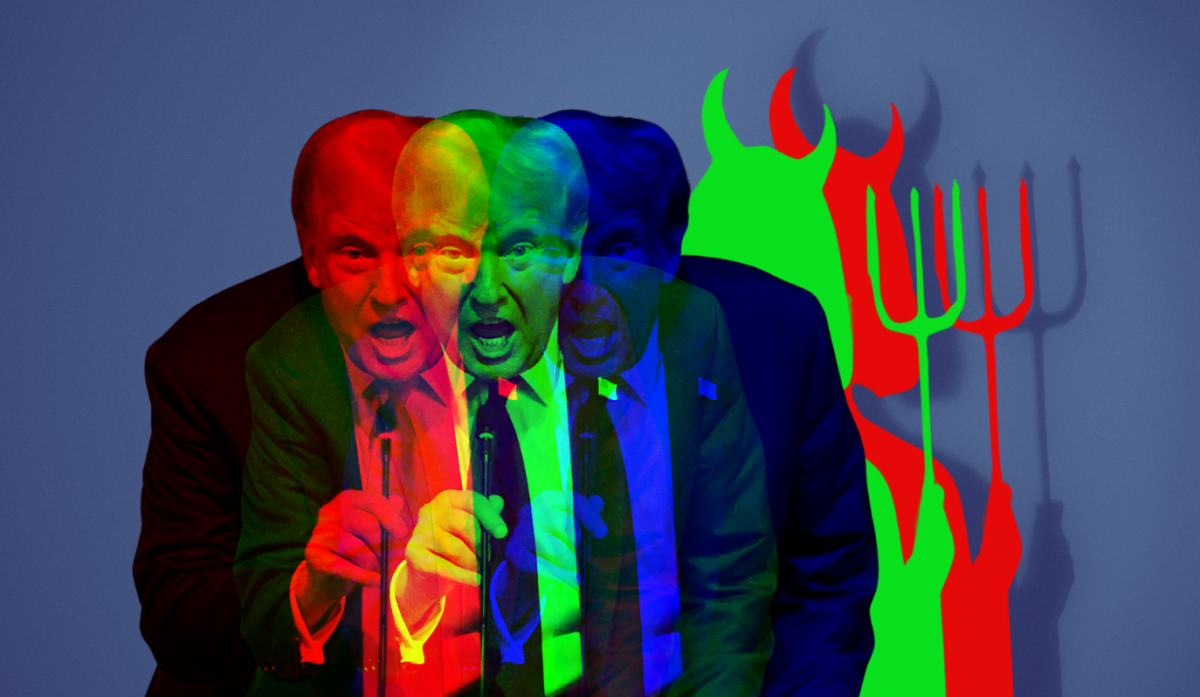Nicaragua, once the safest country in Central America, has suddenly become the most volatile in a matter of days. Many reactions from outside observers revolve around a man and the revolutionary movement he once led: “Daniel Ortega? The Sandinistas? Aren’t they the heroes that overthrew a dictatorship?”
The confusion is valid. From a United States perspective, Sandinista may refer to a heroic socialist insurrection against a U.S.-backed dictatorship, or to a violent socialist group that threatened to bring socialism onto the doorstep of the U.S. No matter how one understands the term, the recent protests have revealed Daniel Ortega is no revolutionary leader, but rather a dictator whose goal is to hold onto power by any means necessary. This has created a new political identity in Nicaragua, named for the revolutionary-turned-dictator: Orteguismo, and its followers, the Orteguistas.
The term Sandinista emerges from a consistent theme in Nicaraguan history: popular insurrection against United States-backed authority figures. In 1927, Augusto Sandino led a guerrilla movement against U.S. Marines in the name of achieving true national autonomy. His successful expulsion of the Marines in 1933 made him an icon of guerilla warfare, and the icon became mythical when Anastasio Somoza García murdered him in 1934 and installed a family dictatorship that would last for 45 years with support from the United States. As Franklin Delano Roosevelt ambivalently described Somoza: “He’s a bastard, but he’s our bastard.”
In 1962, a professor named Carlos Fonseca used Sandino’s name in founding the Frente Sandinista de Liberación Nacional (Sandinista National Liberation Front), pledging to finish Sandino’s project. The Sandinistas organized a revolutionary movement that successfully overthrew Anastasio Somoza Debayle in 1979. In 1984, Daniel Ortega won 70 percent of the vote as the Sandinistas’ candidate, but popular support crumbled as they became mired in a brutal war with the contrarevolucionarios, or “contras,” an army made up of Somoza’s former forces with support from the CIA. The war continued throughout the decade and killed tens of thousands of Nicaraguans as they struggled to once again oust a U.S.-backed group.
In 1990, after years of violence and a failure to realize the socialist promises of the Sandinistas, Ortega lost to Violeta Chamorro in elections. Ortega ceded power, but never lost his thirst for it. He worked behind the scenes for years, isolating many former Sandinista allies as he lost every election until 2006. They won that year after he and his wife, Rosario Murillo, rebranded the Sandinista party, made a shady political bargain to lower the threshold of votes needed to win, and claimed they would realize Sandino’s dream. Many of Ortega’s old allies were skeptical, but others were hopeful that that dream may come true.
Many of the Sandinistas’ policies appeared to be positive. Nicaragua, the second poorest country in the Western hemisphere, achieved annual GDP growth rates of over 5 percent, and social welfare programs provided safety nets for the poorest Nicaraguans. Tourism expanded rapidly, as Nicaragua became known as a less expensive alternative to Costa Rica. Murillo erected 25-foot-tall metal “Trees of Life” that shone bright blue, yellow, and red in the capital of Managua, and a new baseball stadium and boardwalk were examples of a bread-and-circuses approach to governing that appeared to work. Families filled the pier along the shores of Lake Managua, and a new government campaign proclaimed “Nicaragua: I love you just as you are”. However, as discussed in the previous segment of this series, there was plenty of tension simmering under the surface. Ortega’s violent response to the outbreak of protests reveals what he really wants, and it is not Sandino’s dream for a free country; rather, it is to hold on to power at all costs.
Orteguismo is state terror unleashed by a dictator who refuses to relinquish power even as national and international voices condemn the violence and call for his resignation. On May 30, Ortega gave a speech on Mother’s Day, declaring “We want peace” as his snipers opened fire on thousands of families peacefully marching against him nearby, turning the UCA, Seattle U’s sister university, into a field hospital treating wounded and sheltering fleeing families. The Mother’s Day Massacre exposed Orteguismo as a violent dictatorship led by its namesake just like the one that the Sandinistas set out to overthrow 40 years ago. While this dictator does not currently seem to enjoy U.S. support, he has proved to be as terrible as any U.S.-backed bastard ever was.
The protestors resisting Orteguismo are not like the original Sandinistas. That movement grew slowly over years of organizing, and by the time they achieved victory, they were a well-armed and well-organized political entity looking to undertake a nation-building project. Today, the protests began as unarmed students whose revolutionary spirit emerged out of sudden, brutal repression. While many protesters now have homemade mortars made from sawed down tubes, they face an enemy that attacks with AK-47s and snipers perched on the roof of that new baseball stadium.
In this volatile context, members of civil society, students, farmers, and bishops are still hoping for a democratic solution through mechanisms such as early elections, but state violence makes it more difficult to see this as a possibility. They are learning to build a movement that the Sandinistas built for years in a matter of weeks while they resist escalating terror, including threats against Father Jose Idiaquez, President of the UCA, after opening the gates on Mother’s Day. Going forward, international solidarity and awareness will be key to support the various groups struggling for a democratic and peaceful resolution. In order to do so, it must be made clear that Daniel Ortega is no longer a Sandinista seeking a free Nicaragua, but rather a ruthless a dictator whose Orteguista regime appears to have one goal: to remain in power at all costs.
To learn more about this article and the Solidaridad series of articles, the authors may be reached at [email protected] and [email protected].
— Andy Gorvetzian, SU Central America Initiative Solidarity Consultant







